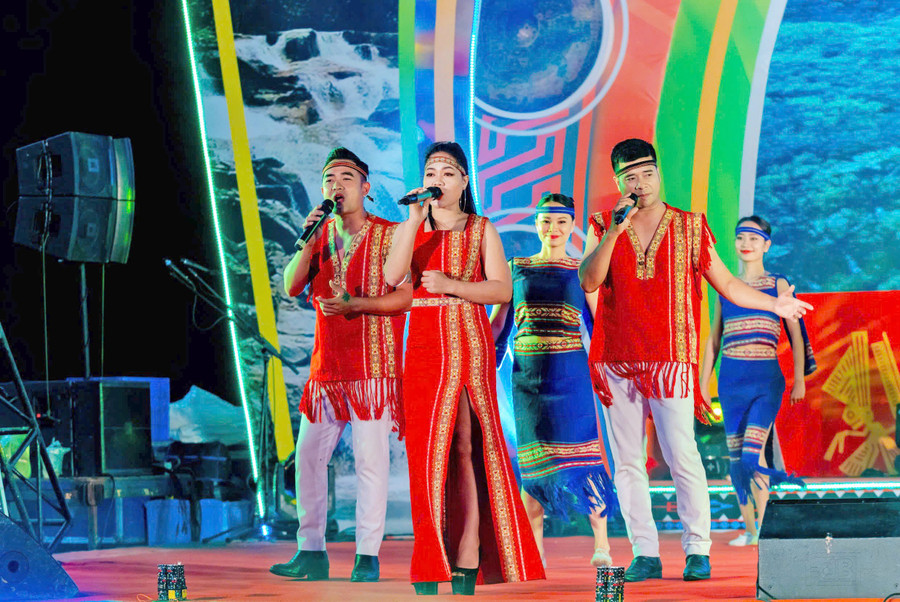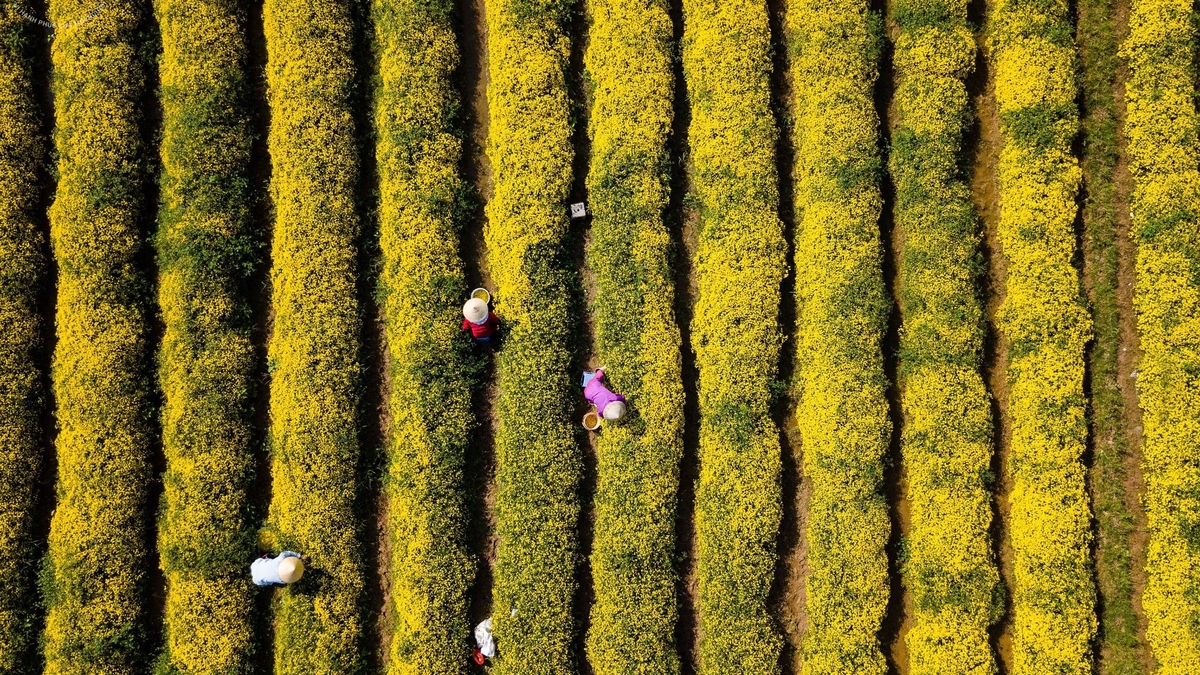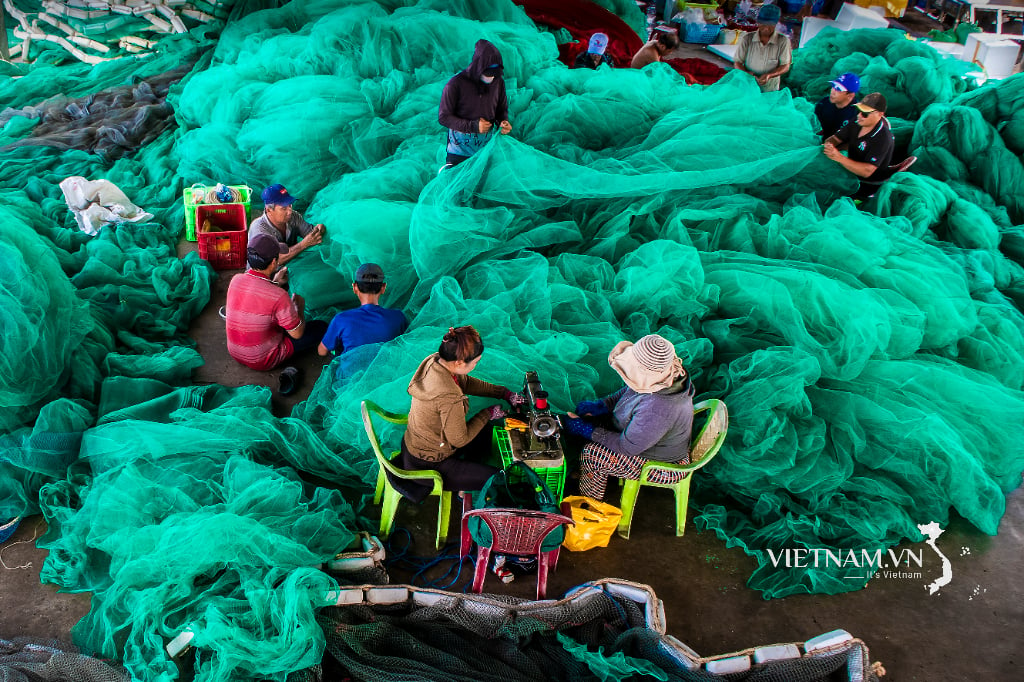"The Highland Flame" is an emotionally charged, epic song, burning with love for the land and people of the Central Highlands. Above all, this flame will never die out in the hearts and minds of the people of this region. It's no coincidence that many consider composer Tran Tien one of the leading figures in contemporary Vietnamese music , renowned for his free-spirited, fiery, and vibrant style of composition.
It can be said that "Highland Flame" is one of the songs that has affirmed the unique style and creative personality of composer Tran Tien. The author of this article does not intend to delve into the content, ideas, and artistic merit of the song, but only wishes to provide some information about the circumstances surrounding the creation of "Highland Flame" for music lovers near and far.
Having met composers Tran Tien and Pham Cao Dat before the song "The Flame of the Highlands" was created exactly 40 years ago, I am truly moved whenever I hear the song again or hear someone mention "The Flame of the Highlands".

I recall that in early 1985, to prepare the artistic program content for the Dam San Art Troupe of the province (now the Dam San General Music and Dance Theatre) to participate in the National Professional Music and Dance Festival, Mr. Trinh Kim Sung - Director of the Department of Culture and Information of Gia Lai - Kon Tum - invited musician Tran Tien to compose and assist the Troupe.
At that time, the Dam San Art Troupe was led by People's Artist Y Brơm as the Head of the Troupe, and musician Ma Quang Hạ as the Deputy Head and Orchestra Conductor. To help musician Tran Tien better understand the land, people, and traditional culture of the ethnic groups in the province, the Department assigned musician Pham Cao Dat to provide necessary information whenever Tran Tien needed it (at that time, musician Pham Cao Dat was engaged in collecting and researching) and arranged for a Jeep driven by Mr. Ba Son to serve Tran Tien.
Because they had studied together at the Vietnam Music School (now the National Academy of Music in Hanoi ), composer Tran Tien often visited composer Pham Cao Dat to discuss folk music of the Central Highlands. Their favorite pastime was conversing over rice wine and dried fish, boiled chayote dipped in soy sauce. At that time, neither of us were married, so we lived in a shared apartment. It wasn't really a shared apartment, but rather our shared office. Our offices were next to each other. Occasionally, Pham Cao Dat would invite me over to "serve drinks" to composer Tran Tien. And with the wine, the music flowed. Indeed, composer Tran Tien drank and sang with great enthusiasm.
After nearly a month of fieldwork in several localities within the province, composer Tran Tien wrote "The Flame of the Highlands." At the work's acceptance ceremony, the Department of Culture and Information invited several prominent musicians, artists, and leaders from its affiliated departments and divisions to attend. After thanking the units, composer Tran Tien reported on his fieldwork and the inspiration behind his composition. He stated, in essence: "The folk music of the Central Highlands is incredibly rich and unique. For a long time, this musical treasure has been explored by many composers before, who wrote many beautiful and impressive songs. I am very happy to have earned your trust and been entrusted with this noble mission."
The Central Highlands is a land rich in historical and cultural values. Speaking of the Central Highlands is speaking of the land of gongs and drums, epics, and folk festivals with flickering fires. Here, the fire is not just a simple flame, but a symbol of unwavering will, indomitable spirit, love, and aspiration… Then he embraced his guitar and performed a song he had just composed titled “The Flame of the Highlands.”
After listening to composer Tran Tien's performance of "The Highland Flame," many praised the song as very good and unique. However, not a few opinions suggested that the song was unfamiliar, lacking the sound and style of Central Highlands music, and that the composer hardly mentioned any place names in Gia Lai-Kon Tum. Others argued that while composer Tran Tien did mention the Ayun Pa River, Gia Lai-Kon Tum has a district called Ayun Pa (now Ayun Pa town), not an Ayun Pa River...
Four decades have passed since "The Highland Flame," and it has been successfully performed by generations of singers nationwide, notably the late People's Artist Y Mon, Siu Black, Ngoc Anh, and Meritorious Artist A Li Viet… "The Highland Flame" continues to resonate in music and art programs of all sizes, remaining in the hearts of music lovers. The flame in the song is not just a physical image but also a symbol of unwavering resilience, indomitable spirit, love, and aspiration. Gia Lai-Kon Tum is the land that inspired composer Tran Tien to write "The Highland Flame." Even as time passes, the people's affection for that land and that flame will never fade.
Source: https://baogialai.com.vn/noi-ngon-lua-cao-nguyen-ruc-sang-post319881.html




![[Photo] Prime Minister Pham Minh Chinh presides over the conference announcing the establishment of the International Finance Centre in Vietnam.](/_next/image?url=https%3A%2F%2Fvphoto.vietnam.vn%2Fthumb%2F1200x675%2Fvietnam%2Fresource%2FIMAGE%2F2025%2F12%2F21%2F1766309817714_ndo_br_dsc-3400-jpg.webp&w=3840&q=75)


![[Photo] Prime Minister Pham Minh Chinh presides over a meeting on private sector economic development.](/_next/image?url=https%3A%2F%2Fvphoto.vietnam.vn%2Fthumb%2F1200x675%2Fvietnam%2Fresource%2FIMAGE%2F2025%2F12%2F20%2F1766237501876_thiet-ke-chua-co-ten-40-png.webp&w=3840&q=75)

























































































Comment (0)